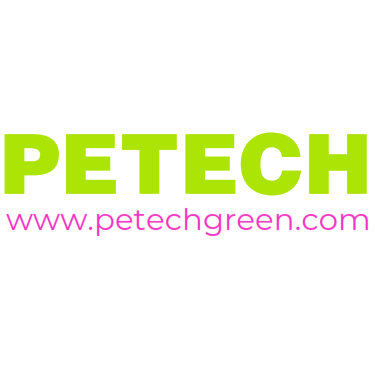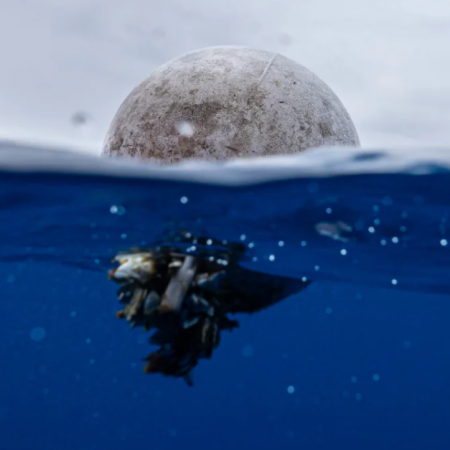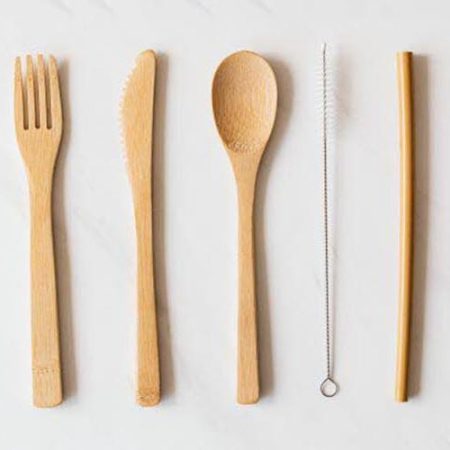
Australia has a plastic problem. From 2020 to 2021, the country generated 2.6 million tonnes of plastic waste, according to the federal government’s 2022 National Waste Report. The report found plastic has a recovery rate of just 13 per cent, the lowest of all waste materials.
Transitioning to a more circular economy can help Australia tackle the problem and unlock untapped potential for economic growth in the process.
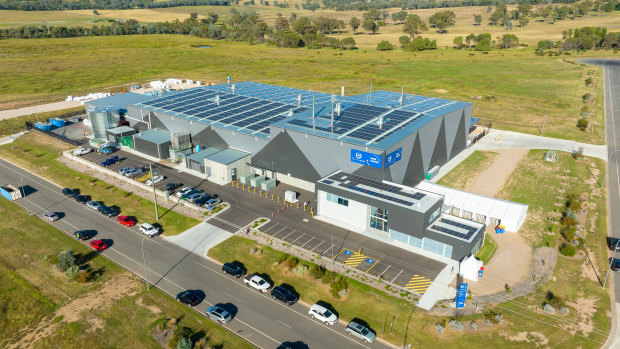
“A transition to a circular economy represents an ambitious movement – in all industries and across aspects of the economy – towards a low-waste, high resource-efficiency future,” notes a KPMG report into the circular economy’s potential economic pay-off.
“Circular activities and processes not only extend the usable life of products but also extend their value, create new jobs and raise economic growth.”
The economic opportunity alone is enormous, with the report predicting the benefit of a circular economy would rise to $210 billion in GDP and help create 17,000 more jobs for Australia by 2047-2048. Those figures compare to a business-as-usual approach.
“Through our Circular Plastics Australia (CPA) partnership, together with our partners Pact Group, Asahi Beverages and Coca-Cola Europacific Partners (CCEP), we’re helping turn PET into rPET and building a local circular economy for beverage containers.”Cleanaway CEO Mark Schubert
Looking to the future
Despite the benefits, confusion remains about what a circular economy looks like in practice.
Only 22 per cent of Australians know what the phrase “circular economy” means, according to Cleanaway’s Recycling Behaviours Report 2023 and 58 per cent are unfamiliar with what it means. But once given a description, 80 per cent report that a circular economy is important.
“The circular economy gives us the tools to tackle climate change and biodiversity loss together, while addressing important social needs,” explains international non-government organisation (NGO) the Ellen Macarthur Foundation. “It gives us the power to grow prosperity, jobs and resilience, while cutting greenhouse gas emissions, waste and pollution.”
The foundation identifies 3 principles underpinning a circular economy: eliminating waste and pollution, circulating products and materials and regenerating nature.
“Circular activities and processes not only extend the usable life of products but also extend their value, create new jobs and raise economic growth.”KPMG
Waste manager Cleanaway is one Australian company taking a proactive approach to plastic recycling, and the broader shift to a more circular economy. Last year, it opened a $45 million PET recycling plant in Albury-Wodonga through the Circular Plastics Australia (CPA) partnership.
The world-class facility is a joint venture between Cleanaway Waste Management, Pact Group, Asahi Beverages and Coca-Cola Europacific Partners (CCEP). It is currently operating as Australia’s largest end-to-end PET recycling facility.
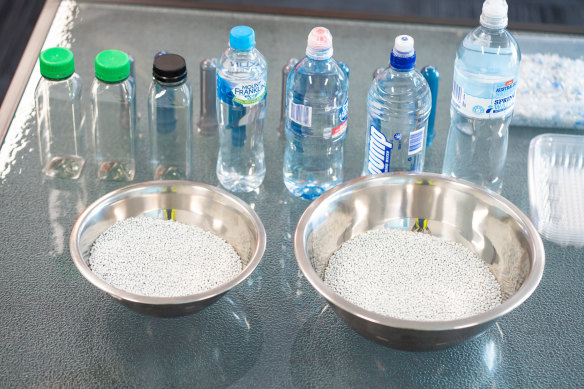
A second PET plastic recycling facility in Melbourne’s west is on track for completion in September 2023.
Four key elements were identified as necessary for successful plastic recycling:
- Cleanaway is Australia’s largest collector of PET, HDPE and PP plastic. It operates the NSW container deposit scheme through the Tomra Cleanaway joint venture. Tomra Cleanaway has also been selected as one of 3 network operators in the soon to be launched Victorian container deposit scheme. In addition, Cleanaway operates a network of material recovery facilities (MRFs) across Australia.
- Customers for recycled plastic resin – Pact Group, Asahi Beverages and Coca-Cola Europacific Partners (CCEP) are among the largest consumers of rPET in Australia.
- World-class technology to meet the specifications of brands such as Pepsi and Coca-Cola – the PET facility uses world-leading, food-grade recycling technology from European manufacturers including Tomra, AMUT and Starlinger.
- Experience in operating recycling facilities – Pact Group has extensive experience in recycling post-industrial plastic.
“The joint partnership enabled these four streams to come together, where we are all committed to making breakthroughs in onshore recycling to create a local circular economy for plastic waste,” Cleanaway CEO Mark Schubert says.
“Cleanaway’s Recycling Behaviours Report 2023 confirms that 24 per cent of Australians view the construction of onshore infrastructure to do the recycling, reprocessing and manufacture for the circular economy as a top priority.”
“Through our CPA partnership, we’re helping turn PET drink bottles into rPET by building a local circular economy for beverage containers. Together with our partners Pact Group, Asahi Beverages and Coca-Cola we’re ramping up the country’s onshore plastics processing capability which is a sustainable and long-term solution to the problem of plastic waste.”
Schubert says the mission is shared by all CPA partners who are aiming to develop and operate the most advanced recycling infrastructure in the region.
“This is to ensure that traceable, certified, locally collected and processed food grade and non-food grade rPET can be made available to Australian manufacturers.”
